helictotrichon sempervirons (Blue Oat Grass)
POGrower
10 years ago
Related Stories
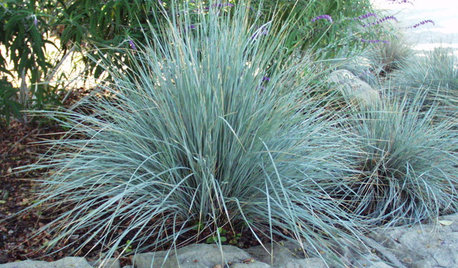
BLUE AND GRAY FOLIAGEGreat Design Plant: Blue Oat Grass
For soothing coolness in a garden or container, this evergreen grass is the low-maintenance and hardy choice to know
Full Story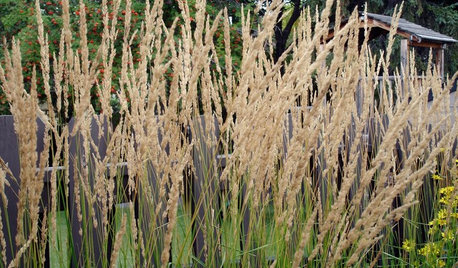
GARDENING AND LANDSCAPING5 Hot Cool-Season Grasses
Chill out this spring with resilient grasses that will kick-start your garden and may just last all year
Full Story0
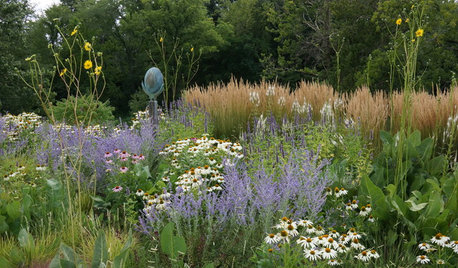
GARDENING GUIDES6 Gorgeous Plant Combos With Low-Water Ornamental Grasses
Use a variety of plant heights, textures and sizes, as well as leaves and flowers in varying colors, for a pleasing design
Full Story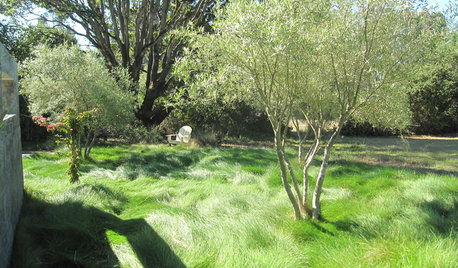
GARDENING AND LANDSCAPING7 Ornamental Grasses for Coastal Gardens
These hardy seashore plants evoke the ocean, sway in the breeze and help prevent sand erosion in the landscape
Full Story
INSPIRING GARDENSInside Houzz: A Waterfront Property Ditches the Grass for a Garden
New drought-tolerant plantings and outdoor gathering spaces help this California backyard take in the view without wasting space or water
Full Story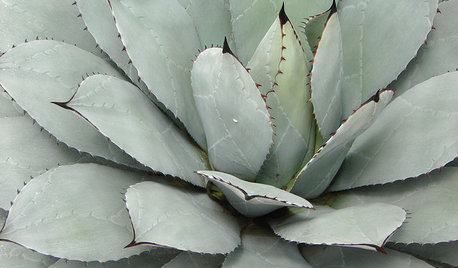
FOLIAGEGet a Cool Garden Look With Gray and Blue Plants
Looking for plants that calm with color in the heat of summer? Look no further than these 14 soothing beauties
Full Story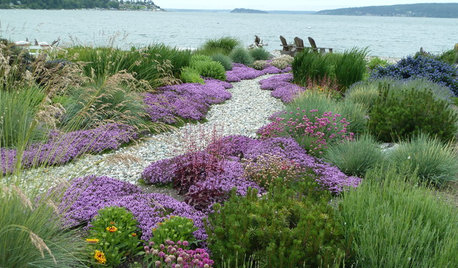
PLANTING IDEAS7 Ways to Use Drifts and Masses In Your Garden
Whether in formal or natural landscapes, grasses or succulents planted en masse elevate the garden
Full Story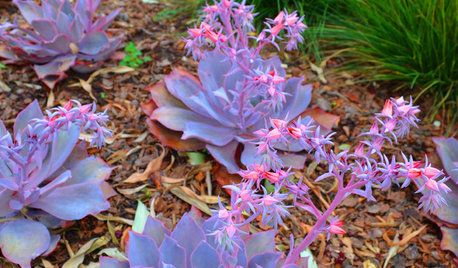
GARDENING GUIDESGreat Design Plants: Stars of the Succulent Garden
Amazing colors, exuberant blooms, low maintenance ... is it any wonder Echeveria is so popular?
Full Story
LANDSCAPE DESIGNThink Turquoise to Energize or Soothe the Garden
Turquoise combines the tranquility of blue with the energy of green. Use it as an accent color in the landscape
Full Story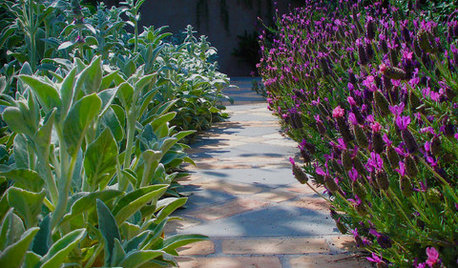
LANDSCAPE DESIGNThe Garden Edge: Rethink Your Garden Pathways
The right plant choices not only frame your paths with distinction, but they also take you on a journey of the senses
Full StoryMore Discussions







donn_
gardengal48 (PNW Z8/9)
Related Professionals
Surprise Landscape Contractors · Bergenfield Landscape Contractors · Concord Landscape Contractors · Saint George Landscape Contractors · Palm Springs Solar Energy Systems · Swansea Solar Energy Systems · Laguna Woods Solar Energy Systems · Holly Hill General Contractors · Irving General Contractors · Lakeside General Contractors · Noblesville General Contractors · Olney General Contractors · Parsons General Contractors · River Edge General Contractors · West Babylon General ContractorsPOGrowerOriginal Author
gardengal48 (PNW Z8/9)